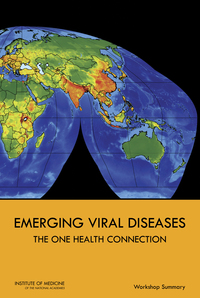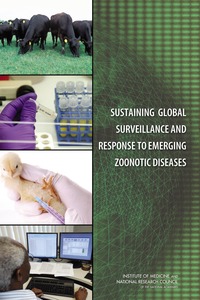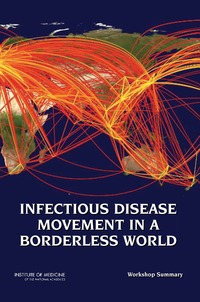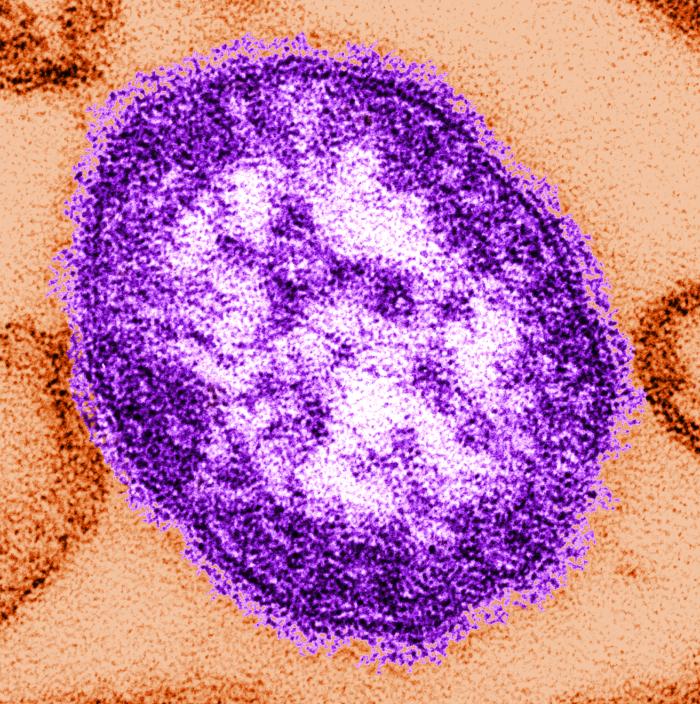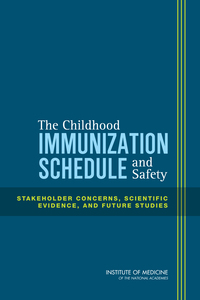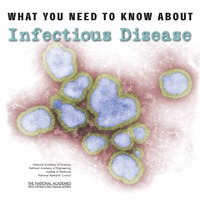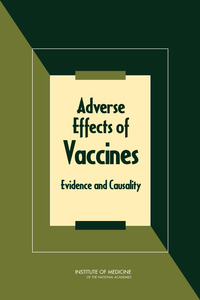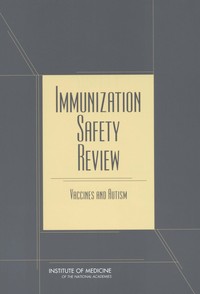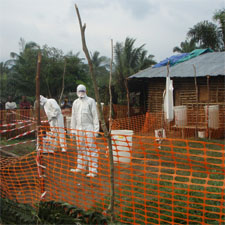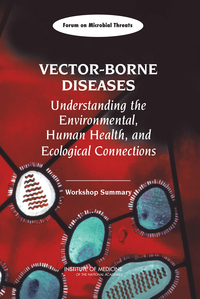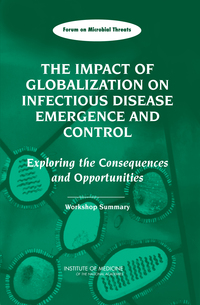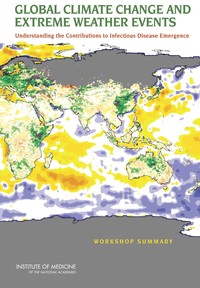On Wednesday, July 17th, 2019, the World Health Organization (WHO) Emergency Committee released a statement declaring the Ebola outbreak in the Democratic Republic of the Congo (DRC) an international emergency. The statement announced that, on average, 80 new cases are reported each week along the northeastern border of the DRC. Because thousands cross this border to Rwanda daily, the national and regional risk is very high. Furthermore, the US Department of State now considers the North Kivu and Ituri Provinces in the DRC a “Level 4: Do Not Travel” zone due to the threats to safety caused by local conflicts and the Ebola outbreak. Preexisting unstable political conditions, poor security and limited infection control practices add to the complexity of the situation. Two community health workers were murdered last week, contributing to the unrest. Now the disease has reached Goma, a city with nearly two million people and an international airport, leading WHO to take action.
According to WHO, the virus continues to spread geographically, despite improvements in outbreak surveillance and decreases in virus transmissions. Additional resources, local community involvement, increased security measures, and efforts across multiple sectors are still necessary to control this outbreak. Our reports explore recent Ebola outbreaks, infectious disease control and prevention, and global health policy, and provide guidance for decision-making. All reports are free to read or download.
Integrating Clinical Research into Epidemic Response: The Ebola Experience
The 2014–2015 Ebola epidemic in western Africa was the longest and most deadly Ebola epidemic in history, resulting in 28,616 cases and 11,310 deaths in Guinea, Liberia, and Sierra Leone. The Ebola virus has been known since 1976, when two …
Global Health and the Future Role of the United States
While much progress has been made on achieving the Millenium Development Goals over the last decade, the number and complexity of global health challenges has persisted. Growing forces for globalization have increased the interconnectedness of …
The Neglected Dimension of Global Security: A Framework to Counter Infectious Disease Crises
Since the 2014 Ebola outbreak many public- and private-sector leaders have seen a need for improved management of global public health emergencies. The effects of the Ebola epidemic go well beyond the three hardest-hit countries and beyond the …




 Bats are the most populous mammal—with more than 1,200 species representing around 25% of all mammal species—and are found in all parts of the world except for the North and South poles and some remote islands. Although they carry a number of viruses without symptoms (e.g., SARS, Hendra, Nipah, and Ebola), little is known about their response to disease. The Institute of Medicine’s new report Emerging Viral Diseases discusses the use of nontraditional animal models — like bats — to study the development of disease, host-virus relationships, and the nature of the immune responses to particular diseases.
Bats are the most populous mammal—with more than 1,200 species representing around 25% of all mammal species—and are found in all parts of the world except for the North and South poles and some remote islands. Although they carry a number of viruses without symptoms (e.g., SARS, Hendra, Nipah, and Ebola), little is known about their response to disease. The Institute of Medicine’s new report Emerging Viral Diseases discusses the use of nontraditional animal models — like bats — to study the development of disease, host-virus relationships, and the nature of the immune responses to particular diseases. 